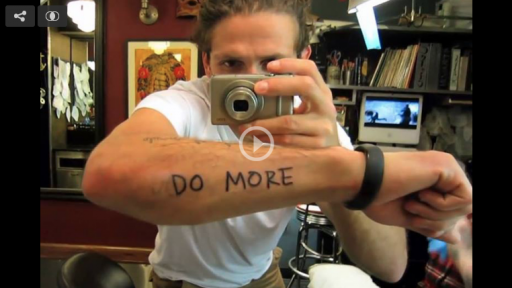Steven Heller is a name that requires no introduction within the design world. The prolific art director is right up there with fellow godfathers of design, Seymour Chwast and Milton Glaser. At the School of Visual Arts in New York, his corner office is an ode to decades in the industry. Wide shelves sardined with a mix of his and other reputable books, catalogues, and publications, in addition to the miniature retail collectables occupying every available surface, reflect a life dedicated to design.
Art director, journalist, critic, editor, lecturer and author of more than 150 books on graphic design and popular culture themes, Heller is more than well-versed on design matters. His take on the industry, where it comes from, and where it’s going, is something worth paying attention to and sharing.
“A designer’s role in society is whatever a human being’s role in society is,” says Heller at the beginning of the interview. “They have a function and the function is to make things clear and convey messages – sometimes they entertain, sometimes they just illuminate, sometimes they are activists and advocates.”
Heller goes on to elaborate on how he found his place in the industry as an art director. He describes himself as an orchestrator of sorts, who had to navigate the fundamental similarities and differences between multiple disciplines, such as the distinction between visual and verbal art.
For Heller, there are two questions that should be considered when looking at any piece of design work:
“I think graphic design of today will be like graphic of yesterday. It’s going to be looked at (if looked at, at all,) as what was it influenced by and what did it influence.”








